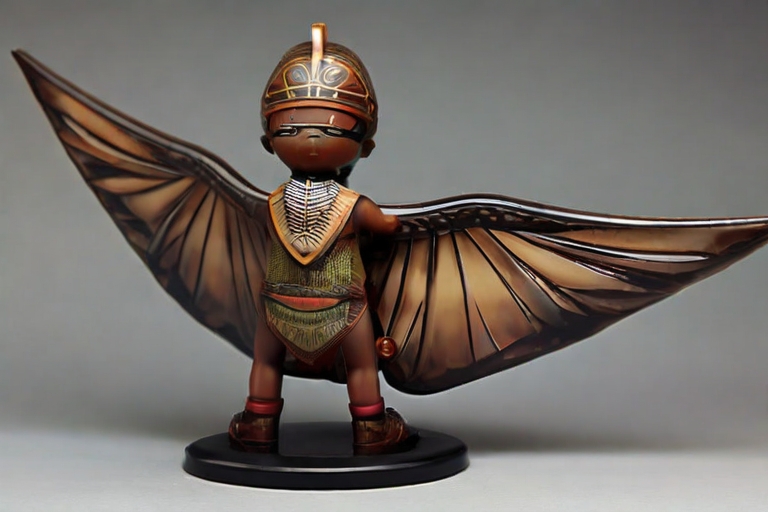Image Performance on Your Blog Whether you’re a seasoned blogger or just starting out, integrating images into your content creation process is essential. Understanding how to optimize these images for your blog can significantly improve user experience and boost your blog’s performance. Let’s delve into the intricacies of image optimization and why it matters Image Performance on Your Blog.

The Significance of Images in Blogging
Images play a pivotal role in engaging readers and conveying information effectively. Human cognition tends to respond more readily to visual stimuli, making images a powerful tool for capturing and retaining audience attention. Research indicates that our brains process images much faster than text, with a significantly higher retention rate Image Performance on Your Blog.

Moreover, in the realm of search engine optimization (SEO), visual content is gaining prominence. Search algorithms, particularly those of major search engines like Google, prioritize pages with optimized images, potentially improving their ranking and visibility Image Performance on Your Blog.
Understanding Image Optimization
Image optimization involves reducing an image’s file size without compromising its quality. By minimizing resource requirements, optimized images load faster and seamlessly adapt to various device screens, thereby enhancing user experience. Additionally, optimized images contribute to better SEO performance, as they are more likely to be indexed and displayed in search results.

Benefits of Image Optimization

Optimizing images for your blog offers several advantages:

Improved Website Speed:
Optimized images contribute to faster page loading times, reducing bounce rates and enhancing user engagement. Research indicates a direct correlation between page load speed and conversion rates Image Performance on Your Blog.

Enhanced SEO:
Search engines prioritize websites with optimized images, leading to better visibility and higher search rankings. Proper image optimization improves your blog’s chances of being discovered by users searching for relevant content Image Performance on Your Blog.
Increased Social Shares:
Compelling images are more likely to be shared on visual-centric platforms like Pinterest, expanding your blog’s reach and driving traffic.
Enhanced User Engagement:
Well-optimized images captivate readers, encouraging them to spend more time on your blog and potentially share your content with others.

Types of Images
Before diving into optimization techniques, it’s essential to understand the different image formats commonly used online:

Image Performance on Your Blog
JPEG:
Ideal for photographs and complex images, JPEG files offer high compression rates without significant loss of quality.
PNG:
Suitable for graphics, logos, and images requiring transparent backgrounds, PNG files maintain quality but tend to have larger file sizes.

GIF:
Animated images used for emphasis or entertainment purposes, GIFs add visual interest but may result in larger file sizes.

Optimization Techniques
Here’s how you can optimize images for your blog effectively:
Assess Image Optimization Needs:
Utilize tools like Google PageSpeed Insights to identify large images that may be slowing down your website. Remove redundant or broken images to streamline performance.
Source High-Quality Images:
Choose images from reputable stock photo sites or capture your own photographs to ensure quality and relevance.
Resize and Crop Images:
Use online tools like Pixlr or desktop applications like Photoshop to resize and crop images to the appropriate dimensions. Aim for recommended image sizes based on your blog’s layout and theme.

Utilize Image Compression:
Employ plugins like Optimus or standalone tools like TinyPNG to compress image files further, reducing load times without sacrificing quality.
Optimize Image Names and Alt Text:
Assign descriptive filenames and add alt text to images to improve accessibility and SEO. Incorporate relevant keywords to enhance discoverability.

Credit Image Rights Holders:
If using images from external sources, ensure proper attribution to avoid legal issues. Respect copyright and licensing requirements to maintain ethical standards.
Consider Content Delivery Networks (CDNs):
Implement CDNs to optimize image delivery based on user location, improving performance for global audiences.

Add Links to Images:
Enhance user engagement by adding relevant links to images, directing readers to additional content or external resources.
In Conclusion
Optimizing images for your blog is integral to enhancing user experience, boosting SEO performance, and maximizing audience engagement. By following these optimization techniques, you can streamline your blog’s image content and elevate its overall impact.







